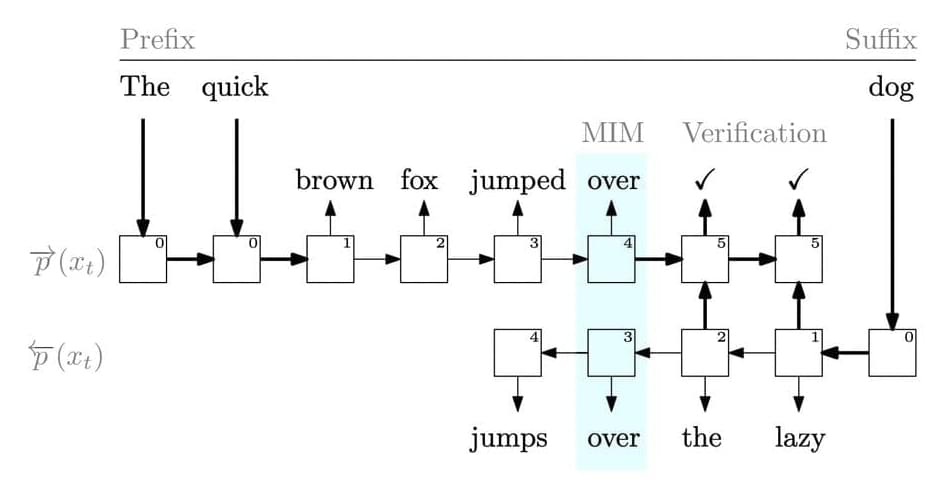Recently biologists discovered how to generate new neurons in the adult brain. This is an incredible breakthrough that has enormous potential to revolutionize neurodegenerative disease research. By generating genetically-mutated mice with a unique gene that activates dormant neural stem cells, scientists were able to generate new neurons in the brain. For years, scientists have been searching for ways to promote the growth of new neurons in the brain, especially in individuals with neurodegenerative diseases such as Alzheimer’s and Parkinson’s. This new discovery could lead to new treatments and therapies that could help to restore brain function and improve the quality of life for millions of people around the world.
Leslie Samuel, founder of Interactive Biology, gives some context for the importance of genetic trading between organisms for scientific research, and notes how the loss of nerve cells in the brain is one of the hallmarks of neurodegenerative diseases. The ability to generate new neurons in the adult brain could be a game-changer in the field of neurology.
Leslie’s Thoughts






